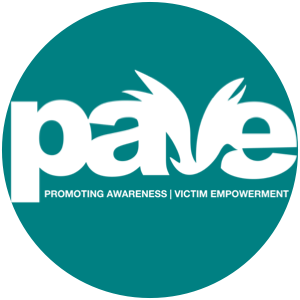PTSD and Sexual Violence
PTSD is a psychological disorder often developed after experiencing a traumatic experience, including acts of sexual violence. NHS’s statistics shows us that 1 in 3 people develop PTSD after experiencing a traumatic event, leading to 80 million people with PTSD in any given year.
People with PTSD often exhibit symptoms like intrusive memories (including flashbacks), acts of avoidance (especially of the traumatic event), changes in physical and emotional reactions, as well as negative changes in thinking and mood. This includes trouble sleeping, feeling emotionally numb, hopelessness and being easily startled. However, these symptoms can be expressed in many different forms depending on the individual. PTSD actually changes parts of the brain, leading to memory problems in survivors. The part responsible for memory and emotions, called the hippocampus, is actually smaller, but with treatment the related issues (such as memory issues, flashbacks and anxiety) can lessen. Self destructive behaviors and suicidal thoughts are also symptoms that survivors with PTSD may face. It is important to recognize the symptoms of PTSD to try and heal from the trauma(s). PTSD often coincides with other disorders like sleep disorder, dissociation, anxiety, and depression.
PTSD survivors even when helped through a supportive environment, may have difficulty maintaining relationships. PTSD can cause issues with trust, closeness and communication. It can be difficult for people with PTSD to reach out because they may feel isolated from their peers and society due to their trauma(s). PTSD can be caused by many different factors. For example, PTSD that is caused by abusive relationships can sometimes lead to difficulties in other relationships.
PTSD affects everyone, including the person with PTSD and their loved ones. It is important to recognize loved ones are not responsible for healing or solving PTSD survivors’ problems. Recognizing that symptoms are not the survivors’ fault and allowing them to be open is essential. Being there to listen and provide support (like helping promote healthy coping mechanisms) can help everyone in the relationship.
There are three different evidence proven treatments of therapy to help reduce PTSD symptoms. Prolonged Exposure therapy teaches you how to gain control by facing your negative feelings. It involves talking about your trauma with a provider and doing some of the things you have avoided since the trauma. Cognitive Processing therapy teaches you to reframe negative thoughts about the trauma. It involves talking with your provider about your negative thoughts and doing short writing assignments. Finally, Eye Movement Desensitization and Reprocessing (EMDR) helps you process and make sense of your trauma. It involves calling the trauma to mind while paying attention to a back-and-forth movement or sound (like a finger waving side to side, a light, or a tone). There is also hotlines to help with the immediate symptoms, like the National Sexual Assault Hotline and National Suicide Prevention Lifeline.
While therapy helps with the long term results, survivors may not have access to their therapists in crisis situations of experiencing PTSD symptoms. Utilizing mindfulness techniques and grounding tools can help survivors with PTSD return to a calm state from intense emotions like panic attacks. Here are a few techniques and tools survivors can utilize to cope with symptoms of PTSD.
Breathing Technique: Breathe in for five seconds, holding for five seconds and breathing out for five seconds. This helps you focus on your breathing and not what is causing distress.
Mindfulness Tool: List five things you see, five things you feel, five things you hear and five things you smell. Finally, you can imagine a river flowing out of your sight. Slowly, you can release all your thoughts and feelings onto a leaf on that river, allowing it to leave your body and mind.
If you or someone you know is a survivor of sexual violence, please reach out! PAVE is here to support you in any way you need help.
Written by PAVE’s Outreach Intern: Kate Mullin
Information from U.S. Department of Veterans Affairs, NHS, Bridges to Recovery
